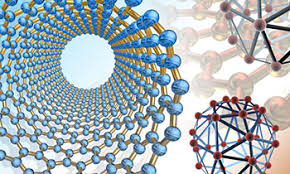Mechanical and Materials Engineering, Department of
Document Type
Article
Date of this Version
3-2021
Citation
CC OA
Abstract
Flaw formation in laser powder bed fusion (LPBF) is influenced by the spatiotemporal temperature distribution – thermal history – of the part during the process. Therefore, to prevent flaw formation there is a need for fast and accurate models that can predict the thermal history as a function of the part shape and processing parameters. In previous work, a thermal modeling approach based on graph theory was used to predict the thermal history in LPBF parts in less-than 20% of the time required by finite element-based models with error within 10% of experimental measurements. The present work transitions toward the use of the graph theory approach for predicting flaw formation. The objectives of this paper are to: (1) apply the graph theory approach for predicting the thermal history of several LPBF parts that have different geometries but were all built together on a single build plate; (2) compare the graph theory thermal model with experimental temperature measurements made using an in-situ infrared camera; and (3) relate the thermal history predictions obtained from the graph theory approach to flaw formation in LPBF parts. In pursuit of these objectives, fifteen different Inconel 718 parts encompassing five different shapes were built simultaneously on an open architecture LPBF platform (build time 9.5 h). Second, the LPBF machine was instrumented with an in-situ infrared camera to capture the layer-wise surface temperature of each part as it was being deposited. Third, the thermal history for each part was predicted with the graph theory approach, and the model predictions were assessed against experimental temperature measurements. Fourth, the porosity in certain test parts was quantified with X-ray computed tomography, and their microstructure was characterized with optical and scanning electron microscopy. The results show that the shape of the part has a significant effect on the thermal history, and thereby influences the occurrence of build failures (recoater crash), type and severity of porosity, and morphology of the microstructure. The graph theory approach correctly predicted the thermal history trends that lead to flaw formation in LPBF within a fraction of the build time – the root mean squared prediction error was less-than 20°C, and computation time was approximately 5 min. The graph theory method has the potential to serve LPBF practitioners as a rapid physics-based approach to guide part design and identify suitable processing parameters in place of expensive and time-consuming empirical trial-and-error optimization.
Included in
Mechanics of Materials Commons, Nanoscience and Nanotechnology Commons, Other Engineering Science and Materials Commons, Other Mechanical Engineering Commons


